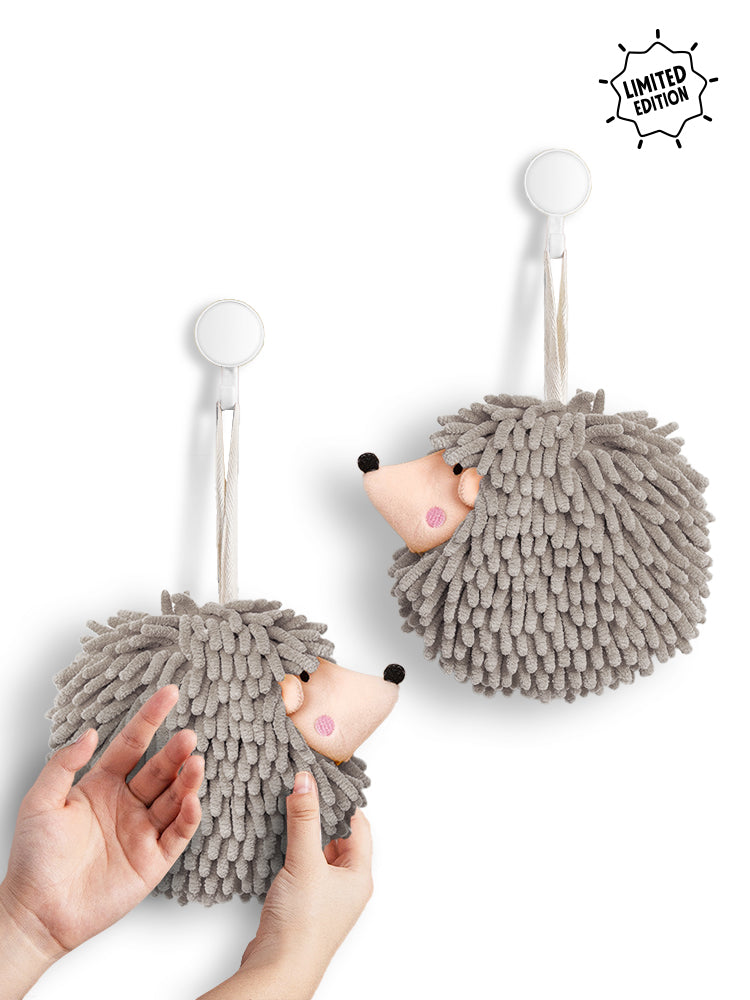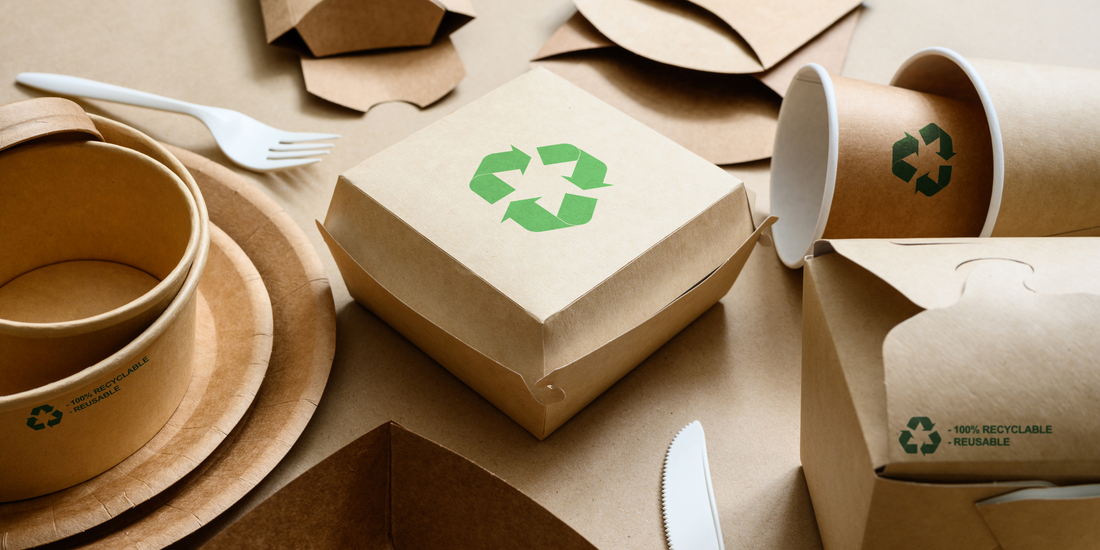
In its first week, the new administration made several policy changes that may impact recycling programs across the nation. One of the biggest involved freezing funds for the Inflation Reduction Act and Infrastructure Investment and Jobs Act for at least 60 days. There’s also been talk about gutting the EPA. All of this has people concerned about the impact of recycling programs across the U.S.
While the government may change things, people can still do their part. Biodegradable packaging is one area where you can do a lot of good by knowing what biodegradable packaging is and how to recycle it.
Take a Closer Look at Biodegradable Packaging
There are five types of biodegradable packaging that consumers may see in online retailers or stores.
Paper:
Most consumers are familiar with paper as a compostable packaging option. Paper products break down quickly and are easy to recycle. However, it’s usually used as filler in place of foam peanuts. Cardboard is a harder outer shell when it comes to preventing damage. It’s also not waterproof unless treated. If you coat cardboard or paper in wax or plastic, it’s no longer recyclable.
Cellulose:
Cellulose is packaging made from plants. It’s often used like clear plastic wrap or in clear bags that resist moisture. It’s important to note that they resist moisture. Cellulose packaging isn’t waterproof. It’s a more affordable option if budget is a primary factor.
Hemp:
Hemp is another option as it’s resilient and incredibly strong. But, it’s expensive. Because it’s a costly option, not a lot of people use hemp for packaging. This is a sustainable packaging option to keep an eye on though.
PLA:
Polylactic acid (PLA) is a bio-based product that is closest to plastic. Because it holds its shape and doesn’t let water through, it’s popular. But, it also is the slowest to break down, which makes it a less appealing option for compostable packaging materials. The good news is that while it may take longer, it does break down over several months, which is better than the decades it can take plastic to break down.
Potato Starch:
Have you received a package filled with packing peanuts that break down in water? Potato starch is the reason why they melt when water is added. They’re one of the easiest biodegradable packing materials to identify. In addition to potato starch peanuts, there are bags and containers available too. If a wild or stray animal happens to eat this type of packaging material, they’re non-toxic and easily digestible.
Seaweed:
Some companies are trying seaweed for packaging. Seaweed is abundant and can be collected from shores where it would otherwise rot. Seaweed packaging is used for biodegradable food containers, mailers, straws, and small packages like spice sachets.
Challenges and Benefits That Come From Recycling Biodegradable Packaging
Those are some of the more common types of biodegradable packaging. They’re a handy way to keep unnecessary waste out of the landfill. With landfills filling up with trash at alarming rates, recycling, reuse, and composting are important to embrace.
How do you recycle them? The problem is many districts are not set up with recycling programs for them. In many cases, they go to the trash if you don’t have another option.
Many of these can be composted at home. If you have plant-fiber plates, rinse them clean of food waste and toss them into a compost bin that’s used for your flower beds, lawn, or trees. Potato starch, seaweed, and paper packaging materials can go into compost for your vegetable garden. You can also compost hemp for your different gardens.
If you don’t compost due to community or HOA rules, you don’t have to put these items in the trash. See if any local farms or recycling facilities offer food recycling programs. If so, you can place potato starch, hemp, seaweed, or plant fiber materials in food composting.
How Can You Help Do Your Part?
There are a few things you can do to lessen the amount of packaging you generate as waste and recycling.
Shop Locally
When possible, purchase the items you need from a local retailer. You avoid having packaging to recycle. You can bring a reusable bag and avoid having bags to recycle.
Build Community Support
Consider rallying your community to start programs for recycling compostable packaging materials. There’s always strength in numbers, and you might be surprised to find out how many others are interested in helping get a program started.
Combine Shipments
If a company offers to combine your items in one shipment, take advantage of it. It may lead to items not arriving as quickly, but you have less cardboard and biodegradable packaging to dispose of.
Instead of making purchases randomly, keep a list of things you need and place one large order a couple of times a month. Purchasing less frequently means less packaging heading to your home.
Give Away What You Don’t Need
Do you have neighbors who garden? Items like hemp, cardboard, and brown sheets of packaging paper are extremely beneficial in compost. For optimal composting, you need a mix of greens and browns, and these biodegradable materials are classified as browns. They’re also great for building garden beds in raised bed gardens or lasagna-style garden beds.
Local online retailers may also happily take donations of boxes, biodegradable packing peanuts, and other materials you get in your packages. They can be used to ship their items.
Know How to Recycle Different Materials
Make sure you know where the different materials go and how to recycle them. Cardboard and paper are two of the oldest forms of compostable packaging. Cardboard may need to be broken down into smaller pieces. Some recycling facilities want them tied into bundles, while others don’t. Paper is easy to recycle, too. However, you need to keep the materials dry. If it’s raining, make sure the lid on your recycling container is closed.
Biodegradable packaging may not be something you can place in your curbside container. If you put them in and they’re not recyclable, it’s a hassle for recycling facility employees. You may be required to put them in a composting area, so take note of that.
It’s possible to recycle biodegradable packaging at home if you have a compost bin. Break the items into smaller pieces, wet them down, and let the composting process take care of them.
Sources:
- All photos used in this blogpost are sourced from the internet, and the rights belong to their respective owners
- Beegs. (2025, January 27). Biodegradable packaging and its role in recycling programs - RecycleNation. RecycleNation. https://recyclenation.com/2025/01/biodegradable-packaging-and-its-role-in-recycling-programs/


